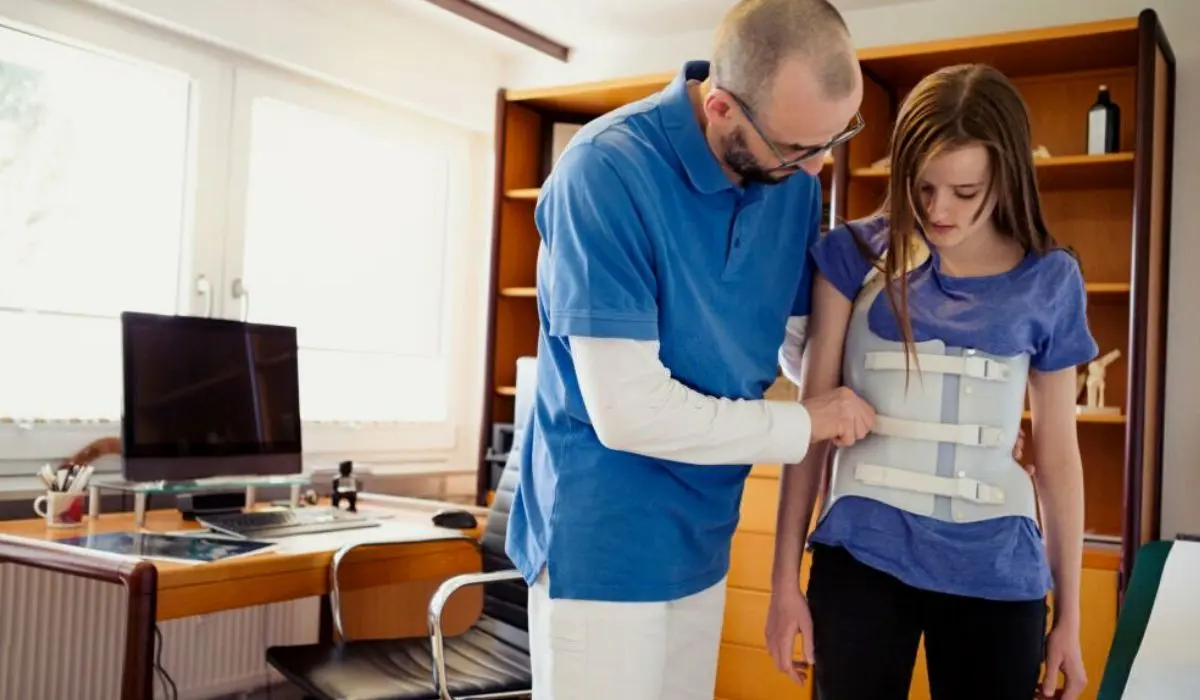Let’s imagine you’re on a field or track, ready to give it your best in your favorite sport. The adrenaline is pumping, and you’re focused on victory. Suddenly, a memory flashes through your mind and you remember your colleague who was hospitalized due to a major injury he sustained at practice last week. You’re scared and feel unsafe despite the braces you have on because those particular braces couldn’t protect your collogue who wore it too.
We live in a world where staying in top form is the name of the game. Whether you’re a professional athlete or just a sports lover, injuries can sideline your progress and passion. Now that’s where braces come into play. Braces are not just accessories; they’re your support in the quest for top performance.
In this article, I’ll be walking you through the world of sports braces, in order to help you make informed decisions to protect yourself and also enhance your athletic performance.
Know Your Body, Your Sport, And Your Needs
The first step in choosing the right sports supports is understanding your body, its needs and then if there are specific demands of your sport. For instance, we all know that different activities put varying stress on different parts of the body
Just like the basketball and volleyball involves a lot of jumping and landing, ankle and knee support is very essential
Same thing as running and tennis which focuses on the lower limb, a knee support is needed.
Golf will also require wrist and elbow support, given the repetitive swinging motion. The point is, identifying the areas of your body that are most vulnerable during your sport, can help narrow down your options.
Types Of Sports Braces And Supports
- Knee Braces: knee braces are perfect for preventing or managing knee injuries. There are options for mild and severe conditions, including patellar straps, hinged knee braces, and sleeves. Therefore, choose according to your needs.
- Ankle Braces and Ankle Sleeve: These are essential to provide stability for sprains or strains. They also offer compression and mild support for minor injuries..
- Wrist and Elbow Grease: if you are a tennis player, If you’re swinging rackets or clubs, your elbows are likely to take a beating. The elbow braces help to keep your game strong without sacrificing your form as they provide compression and consistency for the muscles in your arms.

- Back Braces: For sports that put a strain on your lower back, such as weightlifting or golf, back braces are vital for athletes dealing with back pain or looking for posture correction, back braces can work wonders. They provide that extra bit of support, letting you focus on your performance without worrying about your spine.
- Wrist Support for Precision: Sports that require wrist precision, like archery or golf, often benefit from wrist supports as they provide the necessary reinforcement to improve accuracy and power.
- Shoulder Support for Rotator Cuff: Athletes who are involved in throwing sports or weightlifting will often need shoulder support. This is to say that braces or wraps that stabilize the shoulder joint and protect the rotator cuff should be considered.
- Compression Garments: Compression garments like sleeves, shorts, and socks are popular among athletes. This is because they improve blood circulation, reduce muscle soreness, and provide support. They are also versatile and suitable for different kinds of sports.
The Support Materials Are Very Important
Paying attention to the materials used in making these braces and supports is often neglected. Moisture-wicking and breathable fabrics like cotton are ideal for intense physical activities. It is important to go for options that provide comfort and durability.
Proper Fit And Sizing To Ensure Comfort
Selecting the right size is crucial so they don’t get to chafe or restrict your movements. Too tight or too loose can hinder performance or even cause discomfort. You can also follow the manufacturer’s sizing guidelines, or consult a professional.
Quality Over Everything
When choosing braces and supports, don’t compromise on quality because poor quality supports might not give you the service you will need. However, opt for reputable brands known for durability and effectiveness. After all, it’s an investment you’re making for your future.
Read More:- How To Heal A Sprained Ankle Overnight With Quick Recover Remedies?
Conclusion
In conclusion, if after all these, you’re unsure about which support or braces are right for your injury, don’t hesitate to consult with a healthcare professional or sports medicine specialist to determine the right brace or support for your specific injury. They can provide personalized recommendations based on your condition and the level of support needed. Finally, proper rehabilitation and exercises often complement the use of braces and supports for a full recovery.